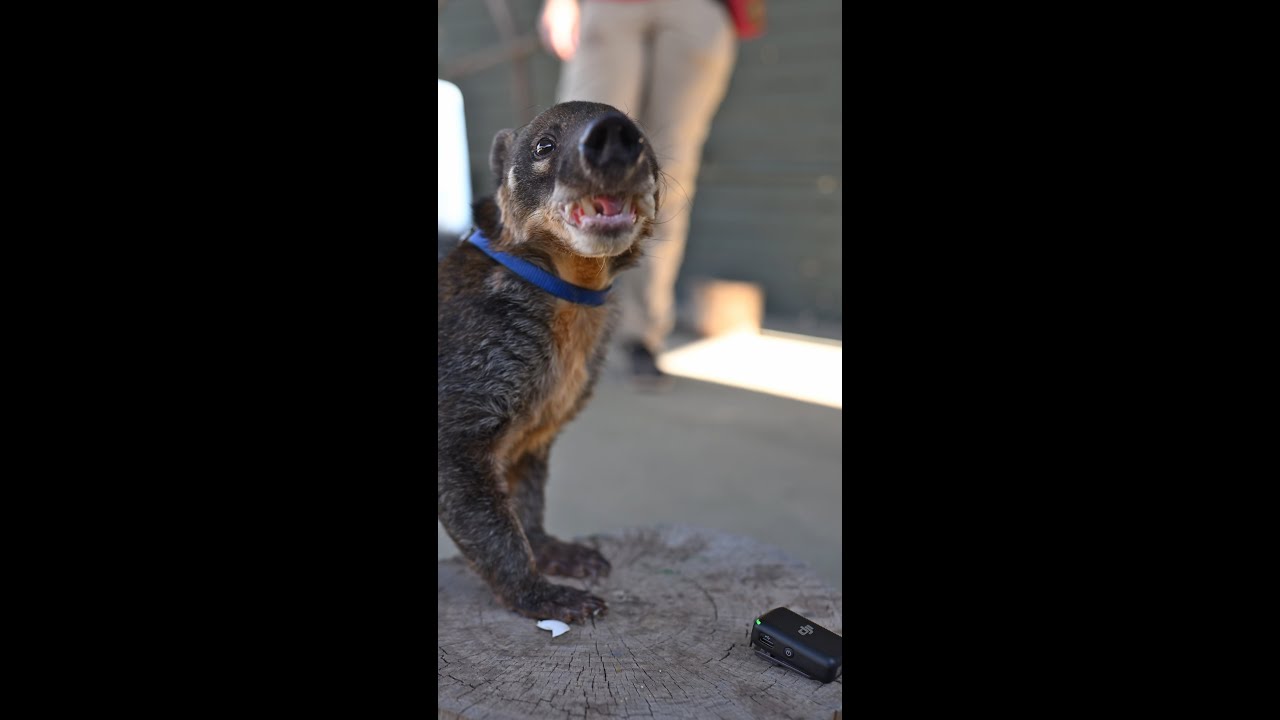- The Phoenix Zoo’s Role in Coati Conservation: Initiatives and Collaborations
- Behavioral and Ecological Aspects of Coatis in Captivity
- Challenges and Solutions in Coati Conservation Efforts at Zoos
- The Importance of Public Education and Engagement in Conservation
- Future Directions for Coati Conservation in Zoo Settings
The Phoenix Zoo is at the forefront of coati conservation, nurturing these fascinating mammals in captivity while contributing significantly to their survival in the wild. Integral to these efforts, the Zoo’s initiatives and collaborations aim to improve the understanding and preservation of coatis. These intelligent and sociable animals, native to the forests of Central and South America, face threats from habitat loss and hunting. The Phoenix Zoo’s commitment to conserving coatis involves a blend of scientific research, public educational outreach, and collaboration with conservation organizations.
The Zoo’s programs highlight the importance of conserving coati populations through rigorous efforts in captive breeding and dietary management. Coatis at the Phoenix Zoo benefit from environments that mimic their natural habitats. Featuring complex structures that allow for climbing, foraging, and social interaction, these enclosures play a vital role in the well-being of the animals. Enrichment programs are an essential component, incorporating tools and activities that simulate natural behaviors. This approach helps researchers and caregivers study coati behavior and health, facilitating more informed conservation strategies.
Conservation efforts are not without challenges. Managing the genetic health and diversity of coati populations in captivity requires careful planning and cooperation among zoos worldwide. The Phoenix Zoo collaborates with conservation networks to solve these challenges, focusing on maintaining robust genetic diversity and preventing inbreeding. Additionally, there is an ongoing need for expertise in disease prevention and health monitoring to ensure coatis remain healthy and vibrant within their controlled environments.
Public education is an essential aspect of the Phoenix Zoo’s coati conservation mission. By engaging visitors in educational programs and participatory activities, the Zoo fosters a greater understanding of coatis and their ecological significance. This engagement not only informs but also inspires visitors to contribute to conservation efforts. Zoo initiatives like interactive exhibits and guided tours provide firsthand experiences that underscore the importance of species conservation and biodiversity.
Looking ahead, the Phoenix Zoo is exploring innovative ways to enhance its coati conservation programs. Advancing research on the ecological needs and behavior of coatis in both captive and wild settings remains a focus. There is growing interest in the potential for rewilding programs that could aid in repopulating areas where coatis have become extinct. Continuous collaboration among global conservationists and zoological parks will be pivotal in executing strategies that support both captive coati populations and their wild counterparts.
The Phoenix Zoo exemplifies commitment to the conservation of coatis, providing the public with education while actively participating in global efforts to ensure these mammals thrive. Through its ongoing work and dedication to coati conservation, the Zoo remains a leading institution in promoting the survival and understanding of species that are vital to the ecological balance of their native regions.
*****
Source Description
What looks like a raccoon, a dog and a monkey combined? A coati!!
Did you know coatis make excellent climbers because their ankles are double-jointed and can rotate 180 degrees, enabling them to climb down a tree head-first!


